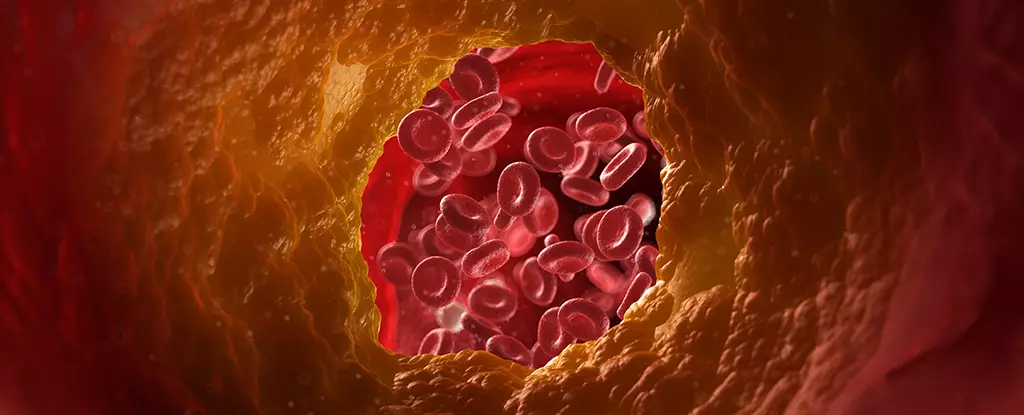Cardiovascular diseases remain one of the leading causes of morbidity and mortality worldwide, primarily fueled by atherosclerosis— a condition characterized by the accumulation of plaques within arterial walls. Recent research has unveiled an innovative approach that employs carbon nanoparticles to combat the formation of these perilous plaques. This technique, spearheaded by a collaboration between Michigan State University and Stanford University, promises not only to minimize arterial buildup but also to facilitate a more targeted therapeutic intervention that could revolutionize treatment protocols.
Atherosclerosis is essentially a chronic inflammatory disease instigated by various factors, including high cholesterol, hypertension, and lifestyle choices. These plaques consist of lipids, dead immune cells, and other debris that thicken and harden arterial walls, limiting blood flow and potentiating serious cardiovascular events, such as heart attacks and strokes. As these risks continue to surge globally, resolving the underlying issues of plaque buildup has never been more pressing.
In tackling atherosclerosis, traditional strategies often involve lifestyle modifications and medication aimed at lowering cholesterol levels. Though these methods demonstrate varying degrees of success, they do not address the root of the problem— the clearing of existing plaques from arterial walls.
Nano-Technology: A Game Changer in Cardiovascular Research
The advent of nanotechnology has opened new avenues for medical treatments, particularly in how we approach diseases like atherosclerosis. The recent study highlights a noteworthy experiment where researchers used carbon nanoparticles— microscopic particles thinner than a human hair— to deliver drugs designed to activate the body’s immune system, particularly enhancing a process known as efferocytosis.
Efferocytosis is the mechanism by which dead and dying cells are eradicated from the body. In the presence of atherosclerosis, this process becomes dysfunctional, leading to an accumulation of cellular debris that exacerbates plaque formation. By utilizing the nanoparticles to stimulate this critical immune response, researchers have demonstrated a significant reduction in arterial plaque in animal models.
The findings, validated through cutting-edge imaging techniques like positron-emission tomography (PET) scans, revealed that the nanoparticle treatment successfully reduced inflammation levels within arterial plaques. Bryan Smith, a biomedical engineer involved in the study, emphasized the precision of the therapy, noting that it shows promise for human application with minimal side effects— a crucial determination given the stakes involved in cardiovascular health.
The researchers overcame previous challenges by optimizing the nanoparticle delivery mechanism for swine, acting as a precursor to human trials. Strikingly, their results indicated no unintended damage to surrounding healthy cells, which could otherwise lead to complications such as anemia. The meticulous targeting of the nanoparticles potentially represents a groundbreaking advancement in how we manage cardiovascular diseases.
The study paves the way for the next phase—preparation for clinical trials in human subjects. Given the prevalence of cardiovascular diseases and the urgency of effective interventions, this approach could soon provide an alternative or complementary strategy alongside existing treatments. More robust testing and regulatory approvals will be required, but the initial results herald a significant potential impact in the field of cardiovascular medicine.
As researchers explore the effectiveness of nanotechnology further, patients suffering from atherosclerosis may soon benefit from a refinished landscape of therapeutic options that not only tackle the symptoms but also address the disease’s root causes. Together with lifestyle modifications such as dietary changes and increased physical activity, these innovative treatments could culminate in a stronger arsenal against one of the world’s most threatening health challenges. Through ongoing research and clinical validation, we stand on the cusp of transforming cardiovascular health strategies on a global scale.


Leave a Reply